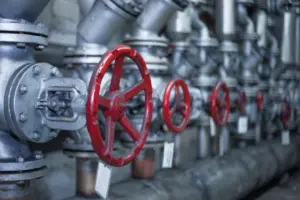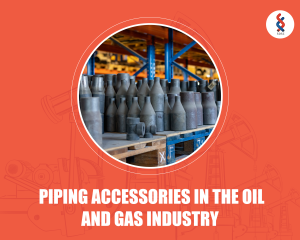The Future of Oilfield Supply Centers: Trends and Forecasts
One of the most significant trends in the oilfield supply centre space is the increasing adoption of digital technologies. According to a report by Deloitte, digital technologies such as automation, artificial intelligence, and the Internet of Things (IoT) are transforming the oil and gas industry, leading to more efficient operations, cost savings, and improved safety. By 2025, the global digital oilfield market is projected to reach $30.4 billion, up from $21.4 billion in 2020, at a compound annual growth rate (CAGR) of 7.3%.
Another trend impacting the future of oilfield supply centres is the growing focus on sustainability and environmental stewardship. As the world transitions to a low-carbon economy, the demand for cleaner energy sources and reduced carbon emissions is increasing. This shift is expected to have a significant impact on the oil and gas industry, with the International Energy Agency (IEA) forecasting a decline in global oil demand from 2025 onwards. To adapt to this changing landscape, oilfield supply centres are likely to pivot towards sustainable practices, such as reducing greenhouse gas emissions, promoting energy efficiency, and investing in renewable energy solutions.
In addition to these trends, geopolitical factors are also likely to shape the future of oilfield supply centres. The recent COVID-19 pandemic and subsequent economic downturn have highlighted the importance of supply chain resilience and regional self-sufficiency. As a result, many countries are looking to reduce their dependence on foreign oil and gas imports and increase domestic production. This trend is particularly pronounced in the United States, where the “Energy Independence and Security Act” of 2007 set a goal of achieving energy independence by 2020. While this target was not met, the U.S. has made significant progress towards reducing its reliance on foreign oil, with net imports falling from 60% in 2005 to 11% in 2020.
While there are certainly challenges facing the oil and gas industry, including oilfield supply centres, there are also many reasons to be optimistic about the future. Technological advancements and a growing focus on sustainability are driving innovation and efficiency in the industry, while geopolitical factors are creating opportunities for domestic production and self-sufficiency.
One of the most exciting trends in the oil and gas industry is the adoption of digital technologies, which are transforming operations and creating new opportunities for cost savings, safety improvements, and environmental stewardship. As companies invest in automation, artificial intelligence, and the Internet of Things (IoT), they are improving their ability to monitor and manage their operations, reduce downtime and waste, and optimise production. These technologies are also making it easier for companies to comply with environmental regulations and reduce their carbon footprint, improving their reputation and enhancing their social licence to operate.
Another reason to be optimistic about the future of oilfield supply centres is the growing focus on sustainability and environmental stewardship. As the world transitions to a low-carbon economy, the demand for cleaner energy sources and reduced carbon emissions is increasing. While this may pose challenges for the oil and gas industry in the long term, it also creates opportunities for innovation and diversification. By investing in renewable energy solutions, reducing greenhouse gas emissions, and promoting energy efficiency, oilfield supply centres can position themselves as leaders in the transition to a sustainable energy future.
In conclusion, while there are certainly challenges facing the oil and gas industry, the future is not all doom and gloom. By embracing digital technologies, investing in sustainability, and adapting to changing geopolitical factors, oilfield supply centres can position themselves for success in the years ahead. With the right strategies, practices, and technologies, the industry can continue to play a vital role in the global economy and support the energy needs of billions of people around the world.
Sources:
- Deloitte, “Digital Transformation in Oil and Gas,” October 2020.
- IEA, “Oil 2021: Analysis and Forecasts to 2026,” March 2021.
- U.S. Energy Information Administration, “U.S. net imports of crude oil and petroleum products,” September 2021.
Related News




Emerging Markets for Oilfield Supply Centres

Piping Accessories in the Oil and Gas Industry



